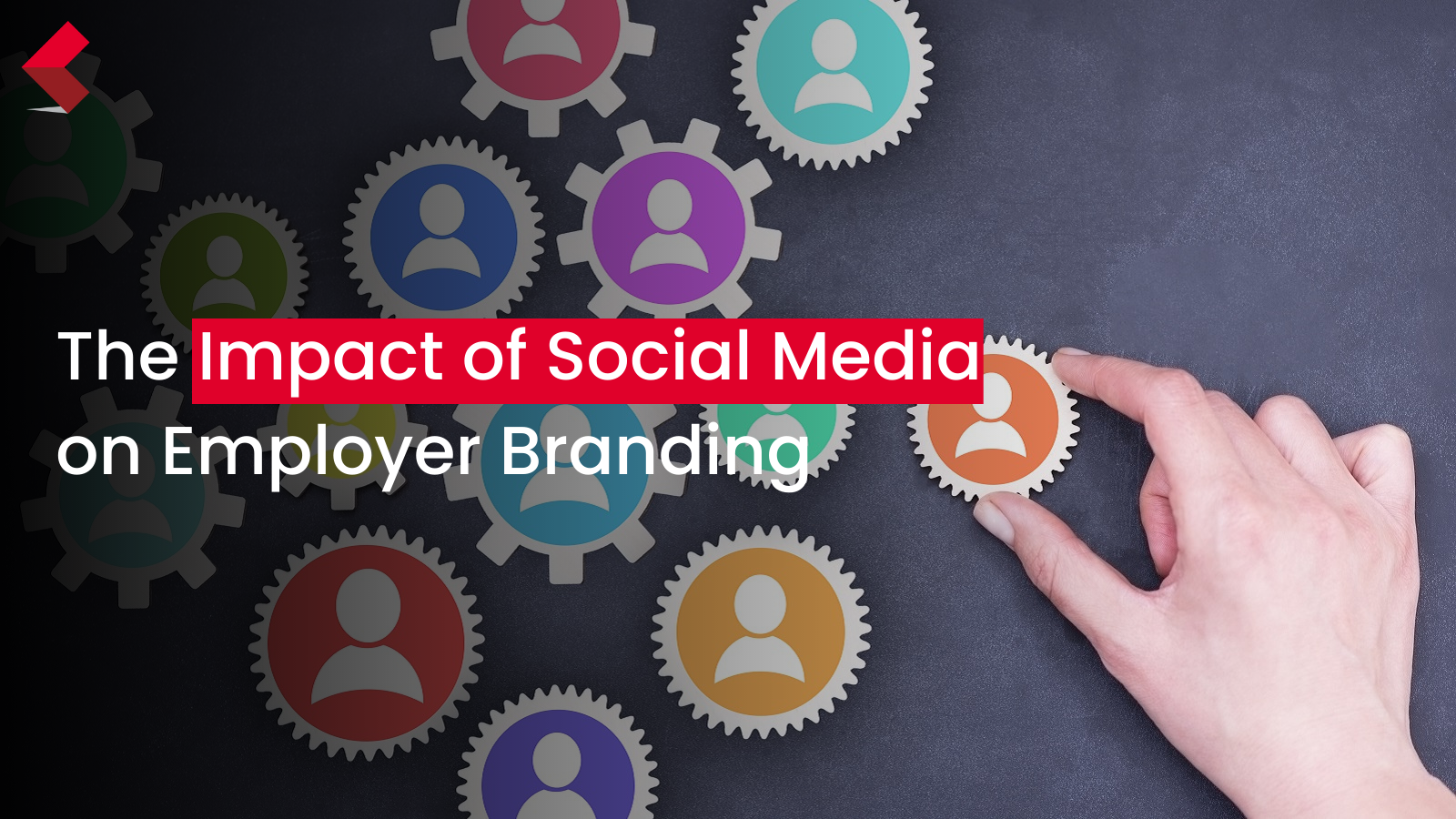It is 2002, and Jack is looking for a job. He comes across a job vacancy at an organisation and wishes to learn the company culture and how employees are treated. Two ways for him to find out are by tracking down someone who worked there or surfing through the company website to find authentic information.
However, times have changed. In today’s competitive job market, businesses need to do everything they can to attract and retain top talent. One of the most effective ways to do this is through employer branding.
Social media and employer branding complement each other nowadays. Social media plays a significant role in helping candidates understand their work future at the organisation. As a brand, you must stay active where candidates are, or you will miss the most competent candidates.
Build your employer brand identity and represent who you are and what you stand for. Then, gradually but effectively, it sets the background for interactions and expectations that the current and future workforce will have with the organisation.
Social Media Contributing to the Employer Branding
Employer branding entails leveraging the potential of marketing techniques to develop and communicate unique employee value proposition. With things turning around, the purpose of developing an employer brand is also changing. Initially, employer brands were built to grant complete control to organisations. Nonetheless, today’s employer branding arises from employees who share their stories and work experiences through social media.
According to Glassdoor, 75% of active job seekers are likely to apply for a job if the employer actively manages its employer brand.
As a result, organisations are actively working to build brands around aspects that set them apart from competitors. In addition, with strong employer brand communication, employers are reaching out to potentially competent candidates beyond the company’s standard network.
Our deep research brought us a few key points that hint at the ways to leverage social media for employer branding. Let us understand them.
- Choose the right platforms
Not all social media platforms are created equal. When choosing which platforms to use for employer branding, it is important to consider your target audience and what they are using. For example, if you are targeting millennials, you may want to focus on platforms like Instagram and Snapchat.
- Identify suitable candidates
A strong online presence means you can reach out to job seekers who are active on social media and monitor the content they publish. To put this another way, social media is a double-edged weapon that allows you to tell your story to the candidates and know theirs in return.
You can identify candidates that better align with your brand’s values & mission and make them a part of your family. Over time, you will see them contributing to your goals efficiently. Moreover, if you succeed at providing value to their roles, they will also actively become a part of employer branding.
- Provide an inside tour
Today, a majority of job hunters use social media for job searches. In cognizance, you can provide your audience with an inside tour to give them an insight into the company’s culture and values.
Modern employers understand the importance of showing how your work environment looks from the inside and how happy your people are. Once done, you will experience a new strength powering your brand by attracting professionals willing to get employed.
- Build trust and credibility within the market
There are millions of organisations across the globe, but not every business tastes success. The primary reason is the lack of communication between the organisation and the audience. Even the best organisations failed because they couldn’t hire suitable candidates to get work done and hence, started losing business.
Building trust and credibility within the market is the key to running a successful business. Factually, you must show job seekers why working with your organisation would be their best decision. Also, by consistently sharing engaging content and responding to comments and questions, you can show potential candidates that you are a company that cares about its employees.
- Monitor potential negative content
While social media helps build employer brand identity, there may be a few instances when you need to play cautiously. These are the times when you need to monitor closely and decide how to respond to negative reviews posted anonymously.
A solid social media presence will help you see what people write about you and tackle them accordingly. Without social media, you cannot track people spreading harmful content about your organisation.
How to Know When Social Media is Working for Your Brand?
The importance of measuring success is equivalent to strategising to bring the desired results. Here are a few metrics you can consider to measure your efforts’ results.
- Follower growth rate
Keep track of the follower growth rate of your channels. You must note down the growth rate before you start with social media activities and compare it to the growth rate you see over a period.
- Content engagement rate
Check your content’s capacity to generate engagement and how many interactions it has received. Look for ways to make your content more candidate-centric to attract more readers.
- Incoming traffic
Measure the volume of traffic coming from the career site. You can use Google Analytics to see how much traffic and leads flow to your website.
Closing Comments:
Social media influence is all-pervasive. It is much more than just a spot to post team outing photos or share stories. It is a place to represent your brand and amplify its voice. Having said that, just don’t invest too much money and expect your brand to be a success overnight. Instead, check its impact on the employer brand timely and look for ways to improve your plans.
Is your organisation looking for top talent? If yes, invest your trust in our services, and our team of experts will get back to you with the right offerings.








